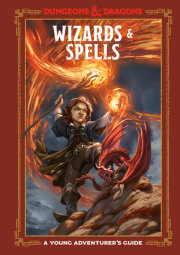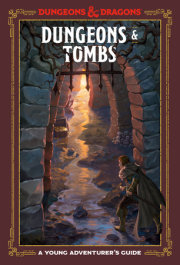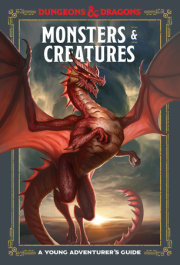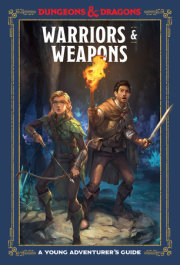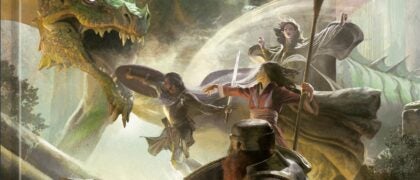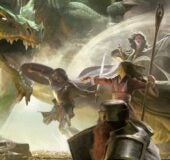IntroductionDungeons & Dragons was released in 1974 and would go on to change the world in ways both big and small. It single-handedly launched the tabletop roleplaying game industry and pioneered gaming mechanics and setting concepts that would be counted among the most influential and foundational of the Information Age. But forty years after its release, it seemed like the world might have passed D&D by. The game had enjoyed a good run, but following its faddish popularity in the 1980s, Dungeons & Dragons had difficulty connecting to a gaming culture that increasingly revolved around consoles, computers, and mobile devices. Ironically, these digital games depended heavily on the very same ideas that the quirky tabletop game had originated, which were now delivered to a tech-savvy audience that was far more interested in pixels than dice. Video games based on D&D’s concepts, such as
World of Warcraft,
Dragon Age, and
The Elder Scrolls, had overshadowed and replaced tabletop roleplaying games almost to the point of obsolescence. When D&D was invoked by popular culture, it was done so as a nostalgic relic of a bygone era.
But not everything was as it seemed. Initiatives were already in motion that would elevate the game to greater heights than anyone could have imagined. In May of 2012, D&D publisher Wizards of the Coast launched the largest and most ambitious tabletop RPG playtest in history, totaling more than 175,000 playtesters by its conclusion. Their due diligence paid off: when the D&D fifth edition
Player’s Handbook was released just over two years later, it topped Amazon’s sales charts—not just among game books, but
all books. What had seemed like the end for D&D was actually the beginning of an incredible resurgence that has grown by leaps and bounds every year.
Today, fifty million people play the game worldwide; a major feature film and a bevy of TV shows are ample evidence of its popularity. D&D rulebooks, novels, and lifestyle products consistently top the bestseller charts; blockbuster shows, from
Stranger Things and
The Big Bang Theory to
Rick and Morty, can’t seem to reference the game enough. Droves of new fans are tuning in every week to watch the game played by livestreamers. In short, D&D is everywhere. The astonishing revival of the game demands an explanation: How did an analog game nearly a half-century old became a star in a digital world? Why did it suddenly connect with our cultural moment?
Answering those questions is the quest that inspired this book. Some of the contributing factors are more obvious than others. Striving to satisfy the true appetites of their customers, Wizards of the Coast assembled an expert team to design and produce the new edition of the game. The result was an elegant ruleset that appealed equally to beginners and old-schoolers, featuring a bold new visual aesthetic that matched the game’s fresh dynamism. Thanks to the rise of social media, countless celebrities in entertainment and technology could proudly credit D&D for awakening them to creative possibilities, helping to convert their fans into D&D fans. Then, a surprising wave of interest in streaming-game spectatorship introduced a new generation to the delights of tabletop gaming, as did a burgeoning convention culture that has nurtured all aspects of geekdom, propelling these events from the fringes to the mainstream. There’s a bit of nostalgia to it as well. Interest in 1980s pop culture has never been greater, and to many, few things define that era better than D&D. But to get to the heart of the matter, we need to delve a bit deeper. That’s what you’ll discover in the pages that follow.
The book you are holding is the incredible story of D&D’s astonishing comeback—both an exploration and a celebration of how it all happened. It is a carefully curated selection of interviews, art, analysis, photography, advertising, making-of war stories, and ephemera that we feel best represents D&D’s fifth edition and the brand’s triumphant renaissance. While we can’t possibly hope to capture every product, moment, or feature of what is now a true phenomenon, our goal as authors was similar to that of the game itself: if everyone has a good time, we all win! So, in the immortal words of the original Player’s Handbook, “Enjoy, and may the dice be good to you!”
Copyright © 2023 by Michael Witwer, Kyle Newman, Jon Peterson, Sam Witwer and Official Dungeons & Dragons Licensed. All rights reserved. No part of this excerpt may be reproduced or reprinted without permission in writing from the publisher.





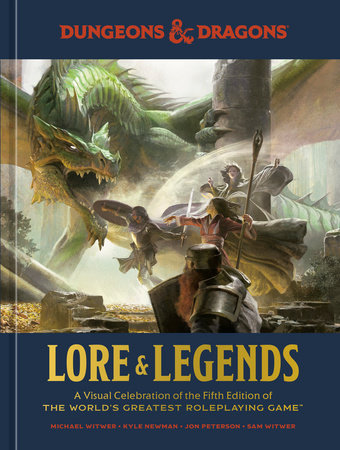









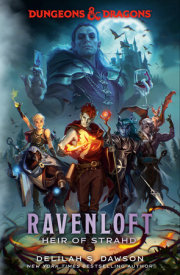


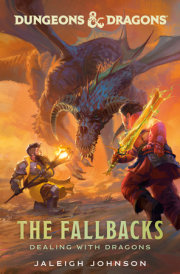

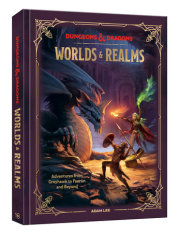
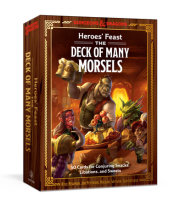
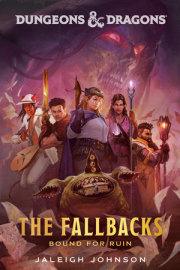
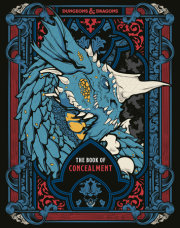
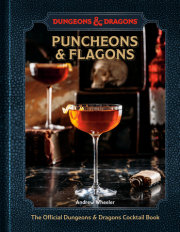

![Lore & Legends [Special Edition, Boxed Book & Ephemera Set]](https://images.penguinrandomhouse.com/cover/9781984862464?width=180)
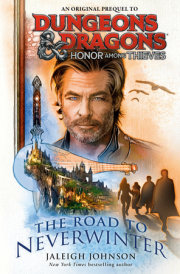
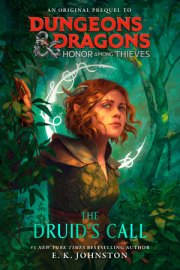

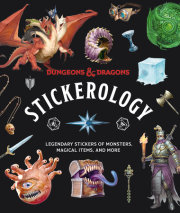
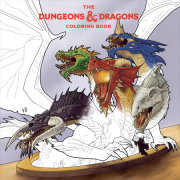

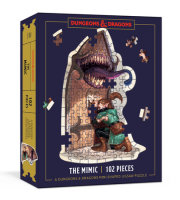
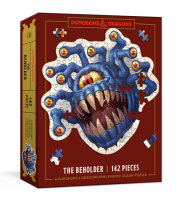
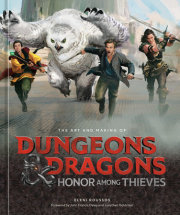
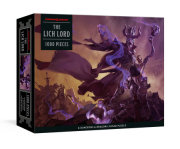
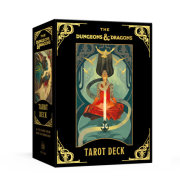
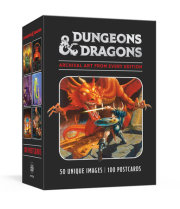
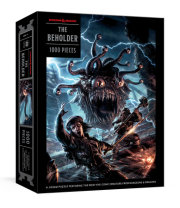
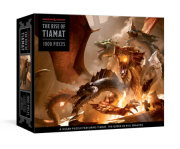
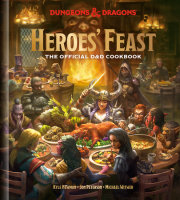
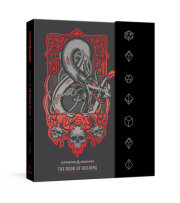
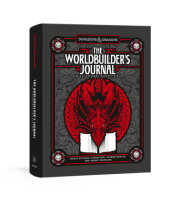
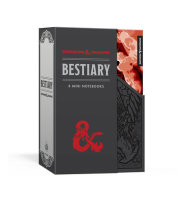
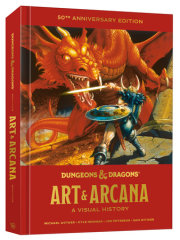
![Dungeons & Dragons Art & Arcana [Special Edition, Boxed Book & Ephemera Set]](https://images.penguinrandomhouse.com/cover/9780399582752?width=180)



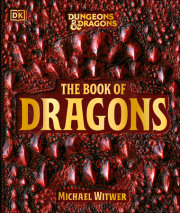
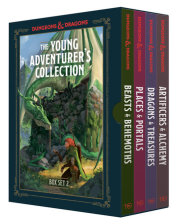
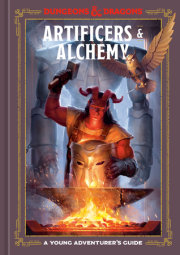
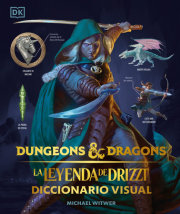
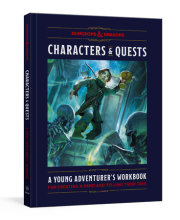

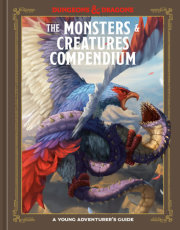
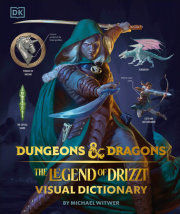
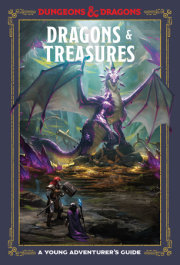
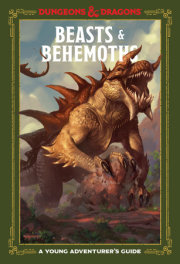
![The Young Adventurer's Collection Box Set 1 [Dungeons & Dragons 4 Books]](https://images.penguinrandomhouse.com/cover/9781984859549?width=180)
